Your cart is currently empty!
Tag: Advancements
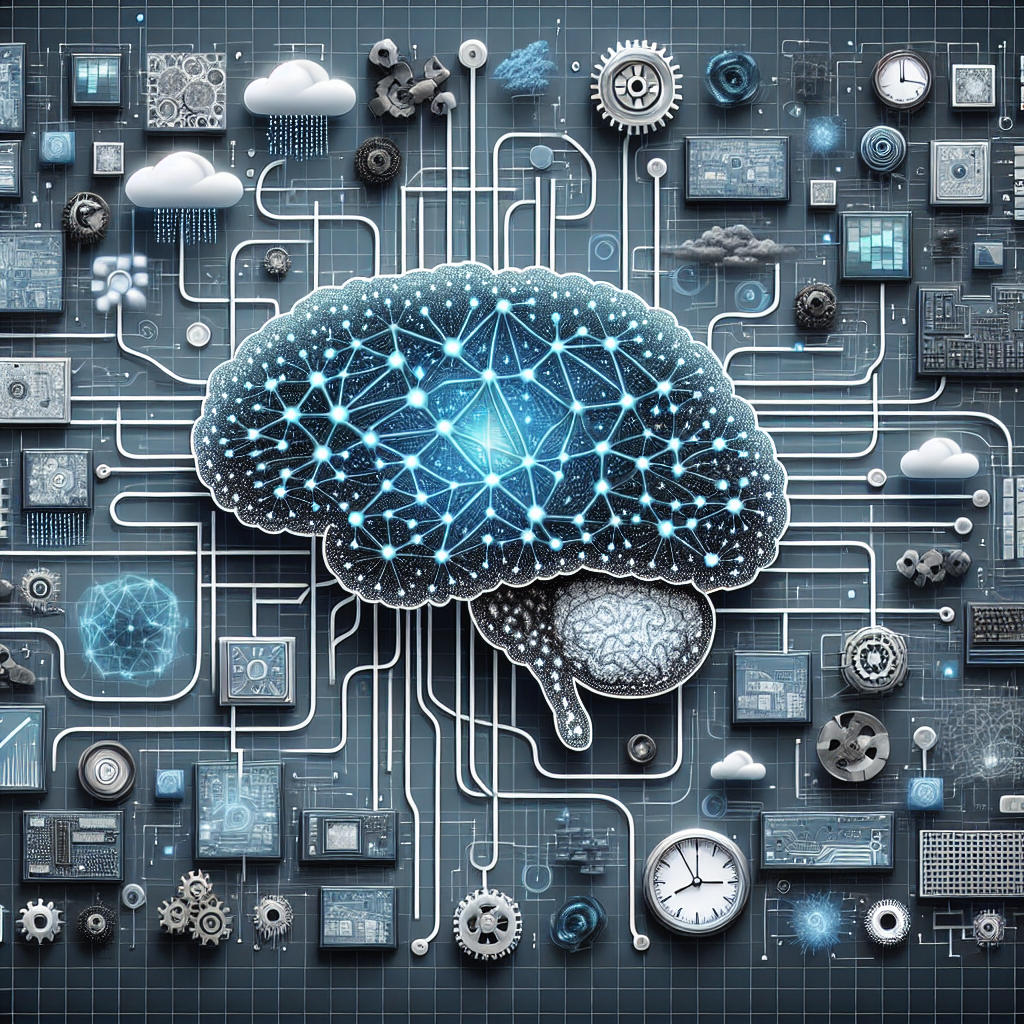
The Advancements and Challenges of Recurrent Neural Networks in Deep Learning
Recurrent Neural Networks (RNNs) have been a revolutionary advancement in the field of deep learning, allowing for more complex and dynamic modeling of sequential data. RNNs have been widely used in a variety of applications, including natural language processing, speech recognition, and time series forecasting.One of the key advantages of RNNs is their ability to capture temporal dependencies in data. Unlike traditional feedforward neural networks, which process input data in a fixed order, RNNs have a memory component that allows them to store information about previous inputs and use it to make predictions about future inputs. This makes RNNs well-suited for tasks that involve sequences of data, such as predicting the next word in a sentence or forecasting stock prices.
However, despite their advantages, RNNs also come with several challenges. One of the main issues with RNNs is the problem of vanishing gradients, where the gradients of the loss function with respect to the network parameters become very small as they are propagated back through time. This can make it difficult for the network to learn long-term dependencies in the data, leading to poor performance on tasks that require modeling complex sequences.
To address this issue, researchers have developed several variants of RNNs, such as Long Short-Term Memory (LSTM) and Gated Recurrent Unit (GRU) networks, which have been shown to be more effective at capturing long-term dependencies in data. These models incorporate gating mechanisms that allow the network to selectively update its memory based on the input data, making it easier to learn relationships between distant time steps.
Another challenge with RNNs is their computational complexity, particularly when dealing with long sequences of data. Training RNNs on large datasets can be time-consuming and resource-intensive, making it difficult to scale these models to real-world applications. Researchers are actively working on developing more efficient training algorithms and architectures for RNNs to overcome these limitations and make them more practical for use in production systems.
Overall, RNNs have been a significant advancement in the field of deep learning, enabling researchers to tackle a wide range of tasks that involve sequential data. While there are still challenges to overcome, such as vanishing gradients and computational complexity, ongoing research efforts are focused on improving the performance and scalability of RNNs to unlock their full potential in various applications.
#Advancements #Challenges #Recurrent #Neural #Networks #Deep #Learning,rnnAdvancements in Machine Translation with LSTM Networks
Machine translation has come a long way since its inception, thanks to advancements in technology such as Long Short-Term Memory (LSTM) networks. LSTM networks are a type of artificial neural network that are able to learn and remember long-term dependencies in data, making them ideal for tasks such as language translation.One of the main challenges in machine translation is capturing the context and meaning of words and phrases, as languages can have different grammatical structures and nuances. LSTM networks are able to address this challenge by processing sequences of words and learning the relationships between them. This allows the network to generate more accurate translations by taking into account the context of the entire sentence, rather than just individual words.
Another key advantage of LSTM networks in machine translation is their ability to handle variable length inputs and outputs. Traditional machine translation models often struggled with this issue, as they required fixed-length input and output sequences. LSTM networks, on the other hand, are able to adapt to different sentence lengths, making them more flexible and capable of producing accurate translations for a wide range of text inputs.
Furthermore, LSTM networks are able to learn from large amounts of data, which is crucial for improving the quality of machine translation. By training on vast amounts of text data, LSTM networks are able to capture the nuances and subtleties of language, leading to more accurate and natural-sounding translations.
Overall, the advancements in machine translation with LSTM networks have greatly improved the quality and accuracy of automated translation systems. With their ability to capture context, handle variable length inputs, and learn from large amounts of data, LSTM networks are paving the way for more sophisticated and reliable machine translation systems. As technology continues to evolve, we can expect further improvements in machine translation that will continue to bridge the gap between languages and cultures.
#Advancements #Machine #Translation #LSTM #Networks,lstm
Breaking Down the Complex Relationship Between GANs and NLP: A Closer Look at Recent Advancements
Generative Adversarial Networks (GANs) and Natural Language Processing (NLP) are two cutting-edge technologies that have garnered significant attention in the field of artificial intelligence in recent years. GANs are a type of machine learning model that consists of two neural networks – a generator and a discriminator – that work together to generate new data that is indistinguishable from real data. NLP, on the other hand, focuses on the interaction between computers and human language, enabling machines to understand, interpret, and generate human language.The relationship between GANs and NLP is complex and multifaceted, with researchers exploring various ways in which these two technologies can be combined to create more advanced and sophisticated systems. In recent years, there have been several notable advancements in this area that have pushed the boundaries of what is possible with GANs and NLP.
One of the key advancements in the intersection of GANs and NLP is the development of text-to-image generation models. These models use GANs to generate realistic images based on textual descriptions, allowing for the creation of detailed and lifelike images from text alone. This technology has a wide range of applications, from creating realistic visualizations for virtual reality and gaming to assisting in medical imaging and surveillance.
Another area of research that has seen significant progress is in the field of language translation. By combining GANs with NLP techniques, researchers have been able to develop more accurate and natural-sounding translation systems that can handle complex linguistic nuances and cultural differences. These advanced translation models are able to produce high-quality translations that rival those of human translators, opening up new possibilities for cross-cultural communication and collaboration.
Furthermore, GANs have also been used to enhance the capabilities of NLP models in tasks such as text generation and sentiment analysis. By leveraging the power of GANs to generate realistic and diverse text samples, researchers have been able to create more robust and versatile NLP systems that can generate coherent and contextually appropriate text in a variety of scenarios. This has led to significant improvements in tasks such as chatbot development, content generation, and text summarization.
Overall, the relationship between GANs and NLP is a dynamic and evolving one, with researchers continuously exploring new ways to combine these technologies to create more advanced and intelligent systems. The recent advancements in this area have demonstrated the vast potential of GANs and NLP to revolutionize the way we interact with and understand language, opening up new possibilities for innovation and discovery in the field of artificial intelligence. As researchers continue to push the boundaries of what is possible with these technologies, we can expect to see even more exciting developments in the future.
#Breaking #Complex #Relationship #GANs #NLP #Closer #Advancements,gan)
to natural language processing (nlp) pdf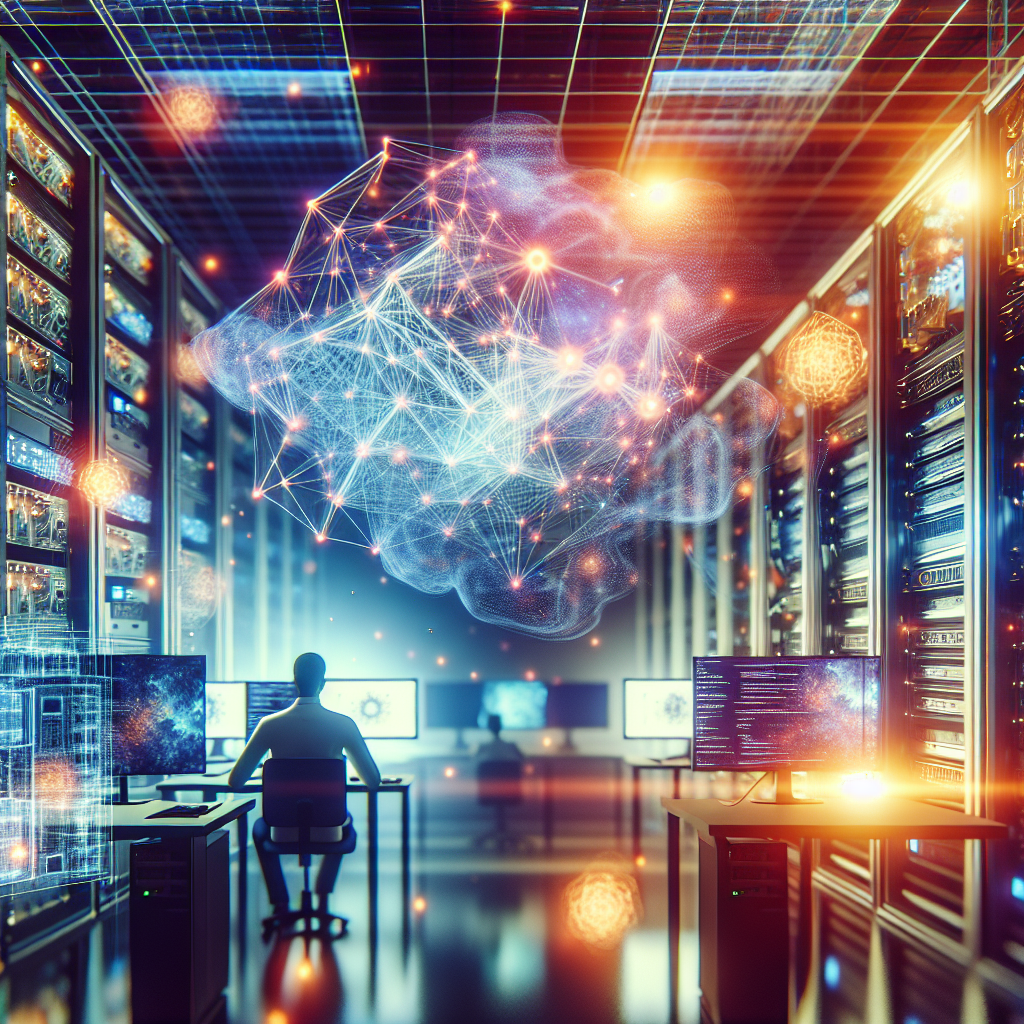
Advancements in Deep Learning: Unleashing the Potential of DNN
Deep learning has been one of the most exciting and rapidly evolving fields in artificial intelligence in recent years. With advancements in deep neural networks (DNN), researchers and developers are unleashing the full potential of this technology, revolutionizing industries and pushing the boundaries of what is possible with machine learning.DNNs are a type of artificial neural network with multiple layers of interconnected nodes, inspired by the structure of the human brain. These networks are capable of learning complex patterns and representations from large amounts of data, making them ideal for tasks such as image and speech recognition, natural language processing, and even playing games like Go at a superhuman level.
One of the key advancements in deep learning has been the development of more powerful and efficient neural network architectures. Researchers have been able to design networks with hundreds or even thousands of layers, known as deep networks, that are able to learn from vast amounts of data and make highly accurate predictions. These deep networks have been used to achieve groundbreaking results in a wide range of applications, from autonomous driving to medical image analysis.
Another important advancement in DNNs is the development of new training algorithms and techniques that allow for faster and more efficient learning. Techniques such as stochastic gradient descent, batch normalization, and dropout have helped to speed up the training process and improve the performance of deep networks. Researchers are also exploring new ways to regularize and optimize neural networks, such as using adversarial training and generative models to improve their robustness and generalization capabilities.
In addition to advances in neural network architectures and training algorithms, researchers are also making progress in understanding how deep networks learn and make decisions. By visualizing the internal representations and features learned by neural networks, researchers are gaining insights into how these networks process information and make predictions. This knowledge is helping to improve the interpretability and explainability of deep learning models, making them more trustworthy and easier to use in real-world applications.
Overall, the advancements in deep learning are unlocking new possibilities and pushing the boundaries of what is possible with artificial intelligence. From self-driving cars to personalized medicine, DNNs are revolutionizing industries and transforming the way we live and work. As researchers continue to innovate and push the limits of deep learning, we can expect even more exciting developments in the future.
#Advancements #Deep #Learning #Unleashing #Potential #DNN,dnn
LSTM Networks: Applications and Advancements in Machine Learning
Long Short-Term Memory (LSTM) networks are a type of recurrent neural network (RNN) that have gained popularity in recent years due to their ability to effectively model sequential data and handle long-term dependencies. Originally proposed by Hochreiter and Schmidhuber in 1997, LSTM networks have since been widely used in various machine learning applications, leading to significant advancements in the field.One of the key advantages of LSTM networks is their ability to learn and remember long-term dependencies in sequential data, making them particularly well-suited for tasks such as speech recognition, natural language processing, and time series prediction. Unlike traditional RNNs, which often struggle with vanishing or exploding gradients when learning long sequences, LSTM networks are designed to maintain a constant error flow over time, allowing them to capture long-range dependencies more effectively.
In the field of natural language processing, LSTM networks have been used to achieve state-of-the-art performance in tasks such as language modeling, sentiment analysis, and machine translation. By capturing the semantic relationships between words in a sentence, LSTM networks can effectively model the context and meaning of a given text, leading to more accurate predictions and classifications.
In addition to natural language processing, LSTM networks have also been successfully applied to time series prediction tasks, such as forecasting stock prices, weather patterns, and energy consumption. By learning the temporal dependencies in sequential data, LSTM networks can effectively capture the underlying patterns and trends, enabling more accurate and reliable predictions.
Recent advancements in LSTM networks have further improved their performance and efficiency, leading to even better results in various machine learning applications. For example, techniques such as attention mechanisms, residual connections, and gated recurrent units have been integrated into LSTM networks to enhance their capabilities and address specific challenges in different domains.
Overall, LSTM networks have proven to be a powerful tool in machine learning, enabling researchers and practitioners to tackle a wide range of complex tasks with improved accuracy and efficiency. With ongoing research and development, it is likely that LSTM networks will continue to play a key role in advancing the field of artificial intelligence and driving innovations in various industries.
#LSTM #Networks #Applications #Advancements #Machine #Learning,lstm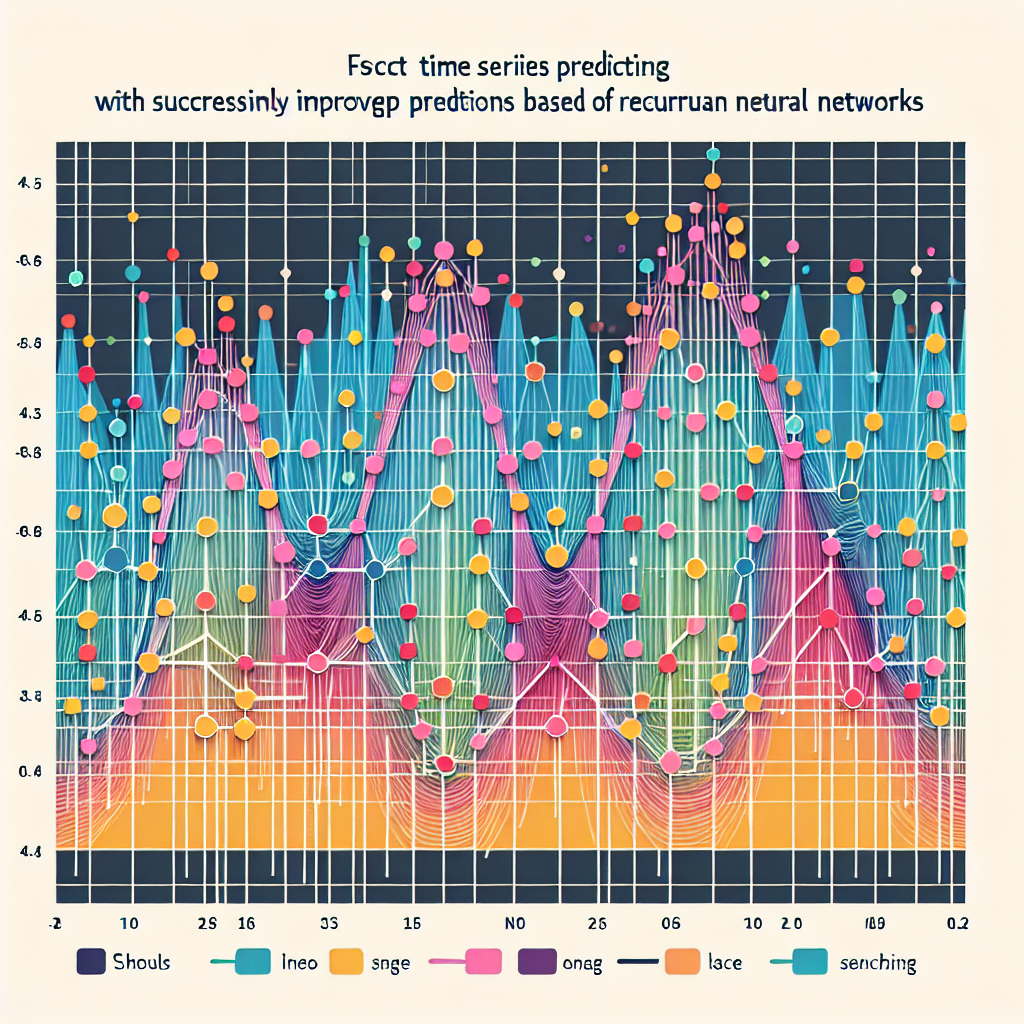
Advancements in Time Series Prediction with Recurrent Neural Networks
Time series prediction is a crucial task in various fields such as finance, weather forecasting, and stock market analysis. Traditional methods for time series prediction often rely on statistical techniques or machine learning algorithms. However, in recent years, advancements in deep learning have led to significant improvements in time series prediction accuracy, particularly with the use of recurrent neural networks (RNNs).RNNs are a type of neural network that is designed to handle sequential data, making them well-suited for time series prediction tasks. Unlike traditional feedforward neural networks, RNNs have connections that loop back on themselves, allowing them to maintain a memory of past inputs. This memory enables RNNs to capture dependencies and patterns in sequential data, making them ideal for time series prediction.
One of the key advancements in RNN-based time series prediction is the development of long short-term memory (LSTM) networks. LSTMs are a type of RNN that is specifically designed to address the vanishing gradient problem, which can occur when training RNNs on long sequences of data. By incorporating memory cells and gating mechanisms, LSTMs are able to learn long-range dependencies in time series data, making them highly effective for predicting future values.
Another key advancement in time series prediction with RNNs is the use of attention mechanisms. Attention mechanisms allow RNNs to focus on specific parts of the input sequence that are most relevant for making predictions. By learning to weight different parts of the input sequence, RNNs with attention mechanisms can improve prediction accuracy and capture more complex patterns in the data.
In addition to LSTM networks and attention mechanisms, researchers have also explored the use of hybrid models that combine RNNs with other types of neural networks, such as convolutional neural networks (CNNs). By leveraging the strengths of both RNNs and CNNs, hybrid models can achieve even higher levels of accuracy in time series prediction tasks.
Overall, advancements in time series prediction with RNNs have significantly improved the accuracy and reliability of predictions in a wide range of applications. As researchers continue to explore new techniques and architectures, we can expect further advancements in the field of time series prediction, leading to more accurate forecasts and better decision-making in various industries.
#Advancements #Time #Series #Prediction #Recurrent #Neural #Networks,rnn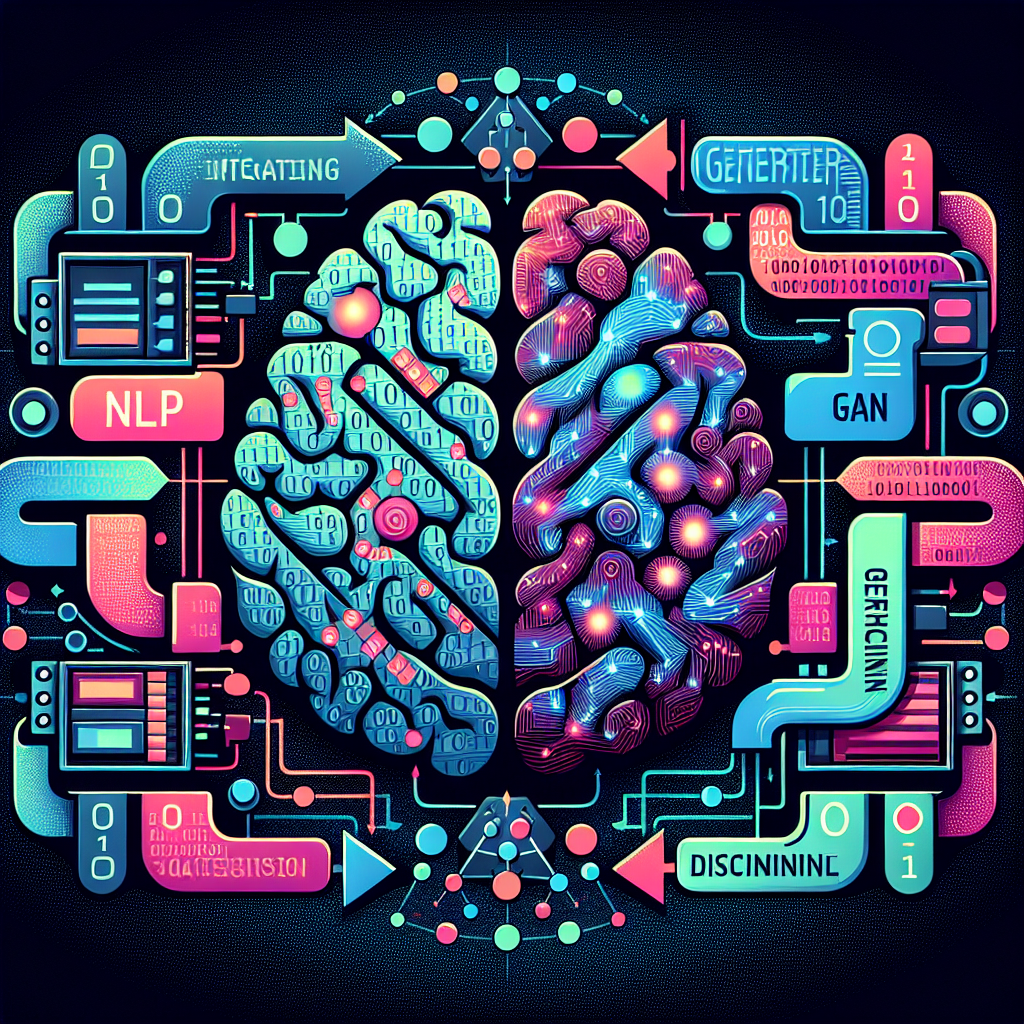
Advancements in NLP with the Integration of GANs: A State-of-the-Art Review
In recent years, there have been significant advancements in the field of Natural Language Processing (NLP) with the integration of Generative Adversarial Networks (GANs). GANs are a type of artificial intelligence algorithm that consists of two neural networks, a generator and a discriminator, that work together to generate realistic and high-quality data.The integration of GANs into NLP has led to several breakthroughs in the field, including improved text generation, language translation, and sentiment analysis. In this article, we will provide a state-of-the-art review of the advancements in NLP with the integration of GANs.
One of the key applications of GANs in NLP is text generation. Traditional language models like GPT-3 have been widely used for text generation tasks, but they often struggle with generating coherent and contextually relevant text. By integrating GANs into the training process, researchers have been able to improve the quality of generated text significantly. GANs can learn the underlying distribution of the text data and generate more realistic and human-like text.
Another area where GANs have made a significant impact is in language translation. Traditional machine translation models like Google Translate rely on large amounts of parallel text data to learn the mappings between different languages. However, GANs can generate synthetic parallel data, which can be used to train more accurate and robust translation models. This has led to improvements in translation quality and accuracy, especially for low-resource languages.
Sentiment analysis is another area where GANs have shown promise. Traditional sentiment analysis models often struggle with understanding the nuances of human emotions and sentiments. By integrating GANs into sentiment analysis tasks, researchers have been able to improve the accuracy of sentiment classification and sentiment generation models. GANs can generate realistic and diverse sentiment data, which can be used to train more robust sentiment analysis models.
Overall, the integration of GANs into NLP has opened up new possibilities for improving the quality and performance of NLP models. Researchers continue to explore new ways to leverage GANs for various NLP tasks, and the future looks promising for the field of NLP. As GAN technology continues to evolve, we can expect even more exciting advancements in the field of NLP in the coming years.
#Advancements #NLP #Integration #GANs #StateoftheArt #Review,gan)
to natural language processing (nlp) pdf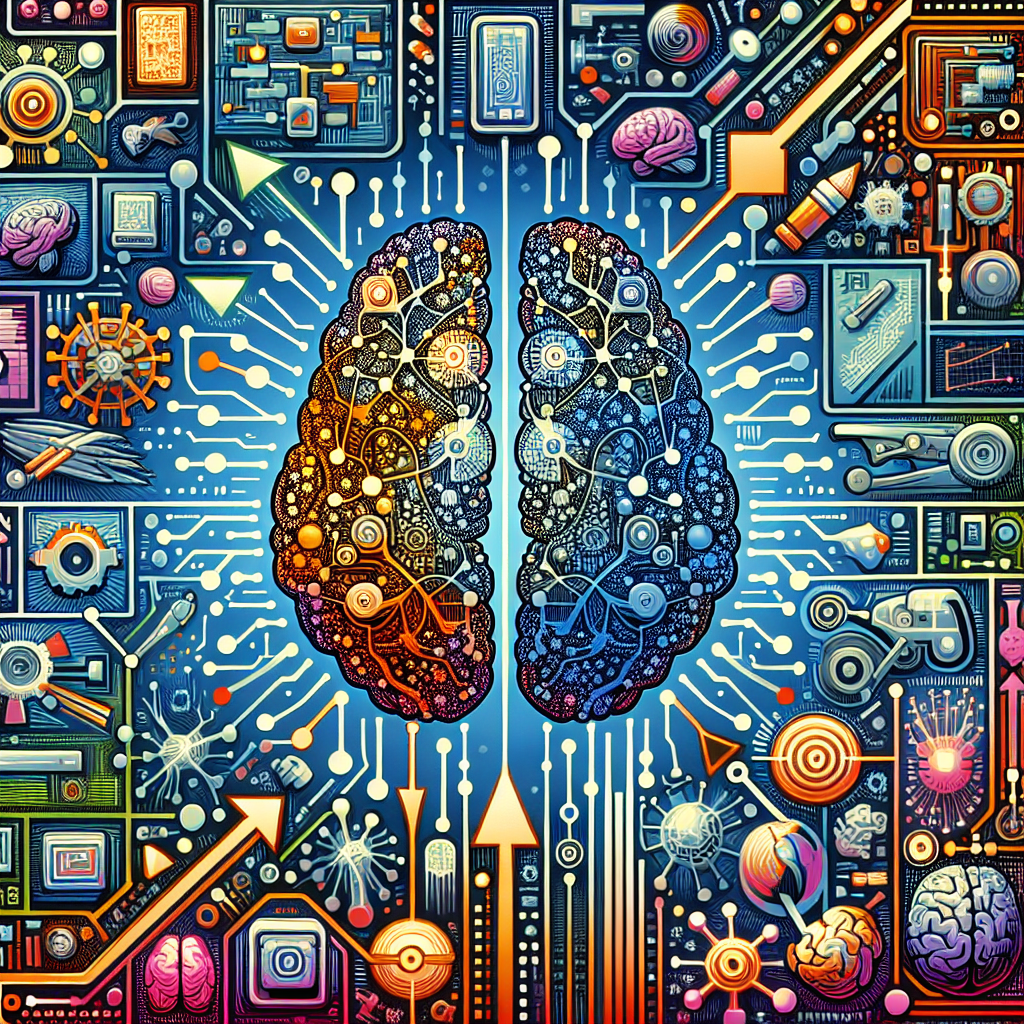
Advancements in RNNs: Applications and Implications
Recurrent Neural Networks (RNNs) have been a game-changer in the field of artificial intelligence and machine learning. Their ability to process sequential data and learn from past experiences has made them indispensable in various applications, from natural language processing to time series prediction.Over the years, there have been significant advancements in RNNs that have further enhanced their capabilities and expanded their applications. One such advancement is the introduction of Long Short-Term Memory (LSTM) cells, which address the vanishing gradient problem in traditional RNNs and enable the model to retain information over long sequences. This has greatly improved the performance of RNNs in tasks such as speech recognition, machine translation, and sentiment analysis.
Another key advancement in RNNs is the development of Gated Recurrent Units (GRUs), which are a simplified version of LSTMs that achieve similar performance with fewer parameters. This makes them more computationally efficient and suitable for applications where resources are limited.
Advancements in RNNs have also led to the emergence of hybrid models that combine RNNs with other neural network architectures, such as Convolutional Neural Networks (CNNs) or Transformer models. These hybrid models have shown superior performance in tasks that require both spatial and temporal information processing, such as image captioning and video analysis.
The implications of these advancements in RNNs are far-reaching. In the healthcare sector, RNNs are being used to analyze medical records and predict patient outcomes, leading to more personalized and effective treatments. In finance, RNNs are being deployed to predict stock prices and detect fraudulent transactions, helping companies make better investment decisions and protect against financial fraud.
In the field of autonomous vehicles, RNNs are being used to process sensor data and make real-time driving decisions, enhancing the safety and efficiency of self-driving cars. In the retail industry, RNNs are being utilized to analyze customer behavior and personalize marketing campaigns, leading to increased customer engagement and sales.
Overall, the advancements in RNNs have revolutionized the way we use artificial intelligence and machine learning to solve complex problems and drive innovation across various industries. As researchers continue to push the boundaries of what is possible with RNNs, we can expect to see even more exciting applications and implications in the years to come.
#Advancements #RNNs #Applications #Implications,rnn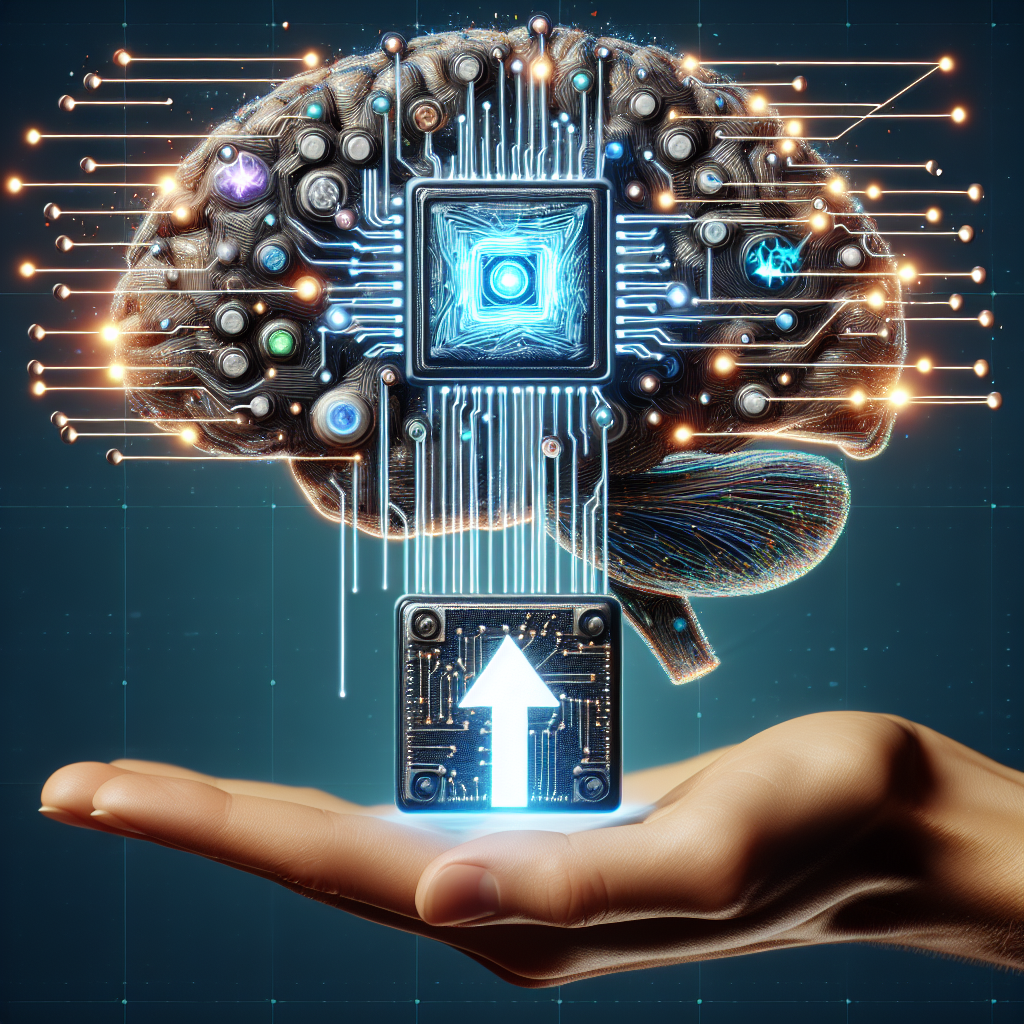
The Power of LSTM: Applications and Advancements
Long Short-Term Memory (LSTM) is a type of recurrent neural network (RNN) architecture that is widely used in the field of artificial intelligence and deep learning. LSTM is particularly effective at capturing long-range dependencies in sequential data, making it a powerful tool for tasks such as natural language processing, speech recognition, and time series forecasting.One of the key advantages of LSTM networks is their ability to remember information over long periods of time, thanks to a set of gating mechanisms that control the flow of information through the network. This makes LSTMs well-suited for tasks that require modeling complex, non-linear relationships in sequential data.
One of the most popular applications of LSTM networks is in language modeling and text generation. LSTMs are able to learn the underlying structure of language and generate coherent and contextually relevant text. This has led to advancements in areas such as machine translation, sentiment analysis, and chatbot development.
LSTMs have also been successfully applied to speech recognition tasks, where they are used to model the temporal dependencies in audio signals. By capturing the subtle nuances in speech patterns, LSTMs have improved the accuracy of speech recognition systems, leading to more natural and seamless interactions with devices such as smartphones and smart speakers.
In addition to language and speech processing, LSTM networks have been used in a wide range of other applications, including time series forecasting, anomaly detection, and medical diagnosis. By leveraging the power of LSTMs to model complex relationships in sequential data, researchers and practitioners have been able to achieve state-of-the-art performance in these domains.
Recent advancements in LSTM research have focused on improving the efficiency and scalability of these networks. Techniques such as parallelizing computations, optimizing hyperparameters, and incorporating attention mechanisms have led to faster training times and better performance on large-scale datasets.
Overall, the power of LSTM networks lies in their ability to capture long-term dependencies in sequential data, making them a valuable tool for a wide range of applications in artificial intelligence and deep learning. With continued advancements in research and technology, we can expect to see even more exciting developments in the field of LSTM in the years to come.
#Power #LSTM #Applications #Advancements,lstm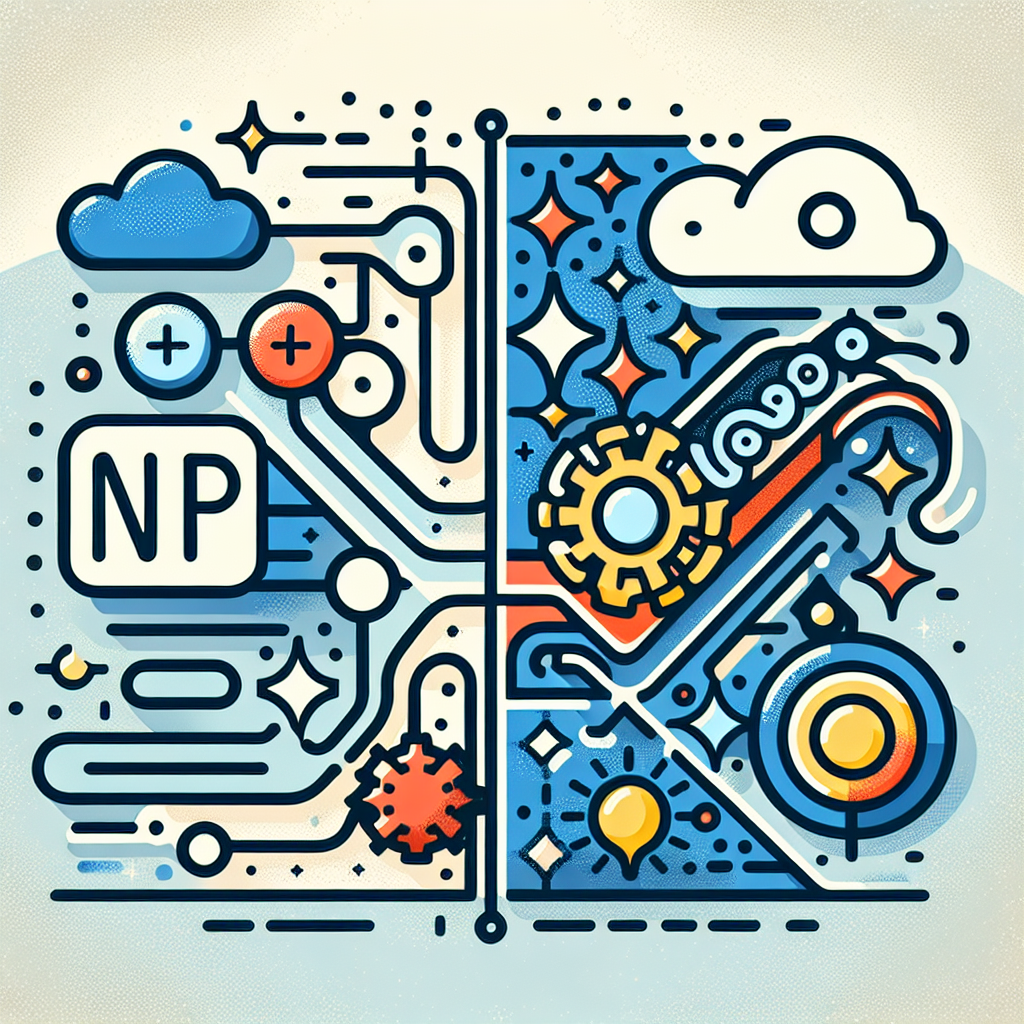
Advancements in NLP Techniques for Gan Applications
Natural Language Processing (NLP) is a field of artificial intelligence that focuses on the interaction between computers and humans using natural language. Over the years, there have been significant advancements in NLP techniques that have revolutionized various applications, including Generative Adversarial Networks (GANs).GANs are a type of deep learning architecture that consists of two neural networks – a generator and a discriminator – that work together to generate realistic data. GANs have been widely used in image generation, text-to-image synthesis, and other tasks that require generating new data based on existing examples.
One of the key challenges in using GANs for NLP applications is generating coherent and contextually relevant text. Traditional GAN architectures struggle with capturing long-range dependencies in language, resulting in generated text that is often nonsensical or grammatically incorrect. However, recent advancements in NLP techniques have addressed these limitations and improved the performance of GANs for text generation tasks.
One approach to enhancing GANs for NLP applications is the use of pre-trained language models, such as OpenAI’s GPT-3 or Google’s BERT. These models have been fine-tuned on large text corpora and can generate high-quality text with improved fluency and coherence. By incorporating pre-trained language models into GAN architectures, researchers have been able to generate more realistic and contextually relevant text.
Another technique that has shown promise in improving the performance of GANs for NLP applications is the use of reinforcement learning. By training the generator and discriminator networks using reinforcement learning algorithms, researchers have been able to optimize the generation process and produce text that is more consistent and accurate.
Additionally, researchers have explored the use of attention mechanisms and transformer architectures to improve the performance of GANs for NLP tasks. These techniques allow the model to focus on relevant parts of the input text and generate more coherent and contextually relevant output.
Overall, advancements in NLP techniques have significantly improved the performance of GANs for text generation tasks. By incorporating pre-trained language models, reinforcement learning, attention mechanisms, and transformer architectures, researchers have been able to generate high-quality text that is indistinguishable from human-written text. These advancements have opened up new possibilities for using GANs in a wide range of NLP applications, from chatbots and virtual assistants to content generation and language translation.
#Advancements #NLP #Techniques #Gan #Applications,gan)
to natural language processing (nlp) pdf
